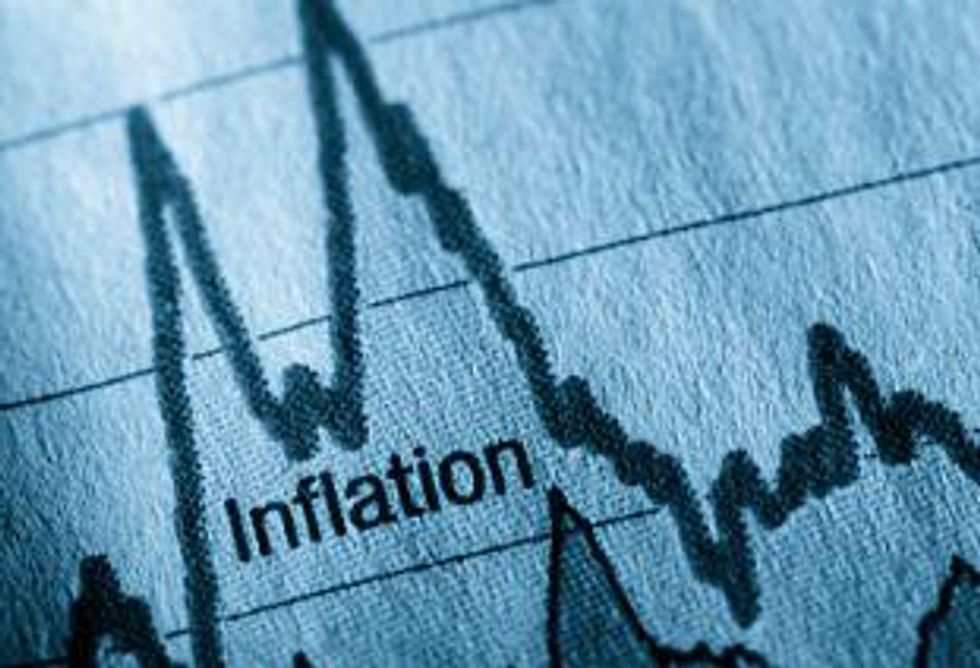- AustraliaNorth AmericaWorld
Investing News NetworkYour trusted source for investing success
- Lithium Outlook
- Oil and Gas Outlook
- Gold Outlook Report
- Uranium Outlook
- Rare Earths Outlook
- All Outlook Reports
- Top Generative AI Stocks
- Top EV Stocks
- Biggest AI Companies
- Biggest Blockchain Stocks
- Biggest Cryptocurrency-mining Stocks
- Biggest Cybersecurity Companies
- Biggest Robotics Companies
- Biggest Social Media Companies
- Biggest Technology ETFs
- Artificial Intellgience ETFs
- Robotics ETFs
- Canadian Cryptocurrency ETFs
- Artificial Intelligence Outlook
- EV Outlook
- Cleantech Outlook
- Crypto Outlook
- Tech Outlook
- All Market Outlook Reports
- Cannabis Weekly Round-Up
- Top Alzheimer's Treatment Stocks
- Top Biotech Stocks
- Top Plant-based Food Stocks
- Biggest Cannabis Stocks
- Biggest Pharma Stocks
- Longevity Stocks to Watch
- Psychedelics Stocks to Watch
- Top Cobalt Stocks
- Small Biotech ETFs to Watch
- Top Life Science ETFs
- Biggest Pharmaceutical ETFs
- Life Science Outlook
- Biotech Outlook
- Cannabis Outlook
- Pharma Outlook
- Psychedelics Outlook
- All Market Outlook Reports
Last week, the potash market anxiously awaited Q4 earnings release from Potash Corporation of Saskatchewan. It was not the 2010 earnings recap that had market stakeholders holding their breath; it was Potash Corporations statements on their 2011 potash market expectations.
By Leia Michele Toovey- Exclusive to Potash Investing News
Last week, the potash market anxiously awaited Q4 earnings release from Potash Corporation of Saskatchewan (NYSE:POT). It was not the 2010 earnings recap that had market stakeholders holding their breath; it was Potash Corporations statements on their 2011 potash market expectations. As the world’s largest potash producer, Potash Corporation of Saskatchewan’s statement would provide key insight into the health of the global potash sector.As anticipated, Potash Corp. had stellar 2010 earnings, the second best in history, to be exact. The fertilizer giant earned $1.8 billion, or $5.95 per share, compared to $980.7 million, or $3.23 per share in 2009. For their 2011 projections, Potash Corp says its 2011 shipments could be in the range of 9.5 million and 10 million tonnes, leading to a gross margin of between $2.5 billion and $2.8 billion. “By the end of 2011 the price of potash for international spot market buyers will climb to at least $500 a tonne delivered, said CEO Bill Doyle.
That last statement was an important one for the potash CEO to make, as there is growing skepticism in the market over the ability of Potash producers to hold on to their recent gains. Share prices are nearing peak values around the potash market, from Potash Corp. and Mosaic Company (NYSE:MOS), right through to juniors such as Allana Potash (TSXV:AAA) what the skepticism is founded on is the lag in potash prices on the international market. Currently, potash is selling for around $100 per tonne less in the international markets than the North American Markets.
While prices have jumped in North America to more than $550 a tonne, pricing gains in key overseas markets have not kept pace. Prices on the international spot market price hover at about $450 a tonne, with a recent contract with Chinese buyers settled at $400 a tonne. For a dose of optimism, Canpotex, the marketing arm of North American Potash Producers, this week raised its price for potash exports to both Asia and Latin American by $30 per tonne. The move is in response to “the current extremely tight export supply situation and a continued strengthening in overseas market fundamentals,” Canpotex said in a statement.
Potash Corporation’s shares are currently selling for around $180.00 per share, and according to TD Securities analyst Paul D’Amico, the discrepancy in Asian and North American prices, means that shares are already fully valued. He just put a $165 U.S. target on the shares, claiming that potash will be slowed down by the recent signing of a $400 per tonne contract with China.
But, there are those who believe that the Asian markets will pay high prices for the fertilizer, and the upswing in Potash stock prices will continue. Bill Doyle said the Chinese contract price is likely to rise by at least $50 to $60 a tonne in the second half of this year, and according to a RBC Dominion Securities analyst. “Based on our outlook for upward pricing momentum particularly in the offshore markets and continued strength in North American pricing, we have increased our 2012 realized potash price assumption from $425/tonne to $500/tonne.” The same analyst has bullish targets on the major North American Potash Producers shares; he targets Potash Corp.’s shares at $204, Agrium’s (NYSE:AGU) at $106, and Mosaic Co. at $102.
The other main driving force behind potash prices is the price of grains, especially the “fertilizer intensive” grains- those grains that have an especially high need for fertilizer. So far, grain prices are lending rock-solid support to potash prices. The United Nations food agency sounded a warning on cost of food earlier this month, saying prices jumped to record highs in December and that some grains could climb even further. The price of corn alone has more than doubled in the last six months, while wheat, soybeans and other crops have also risen sharply. Last week, when explaining his company’s results, Potash CEO Bill Doyle had this to say about grain prices “A global surge in the price of grain and other agricultural commodities is part of a long-term trend being driven by rising consumption in China and other emerging economies, I think you are looking at multiple years here of higher grain prices and higher agricultural commodity prices around the world.”
Investing News Network websites or approved third-party tools use cookies. Please refer to the cookie policy for collected data, privacy and GDPR compliance. By continuing to browse the site, you agree to our use of cookies.
